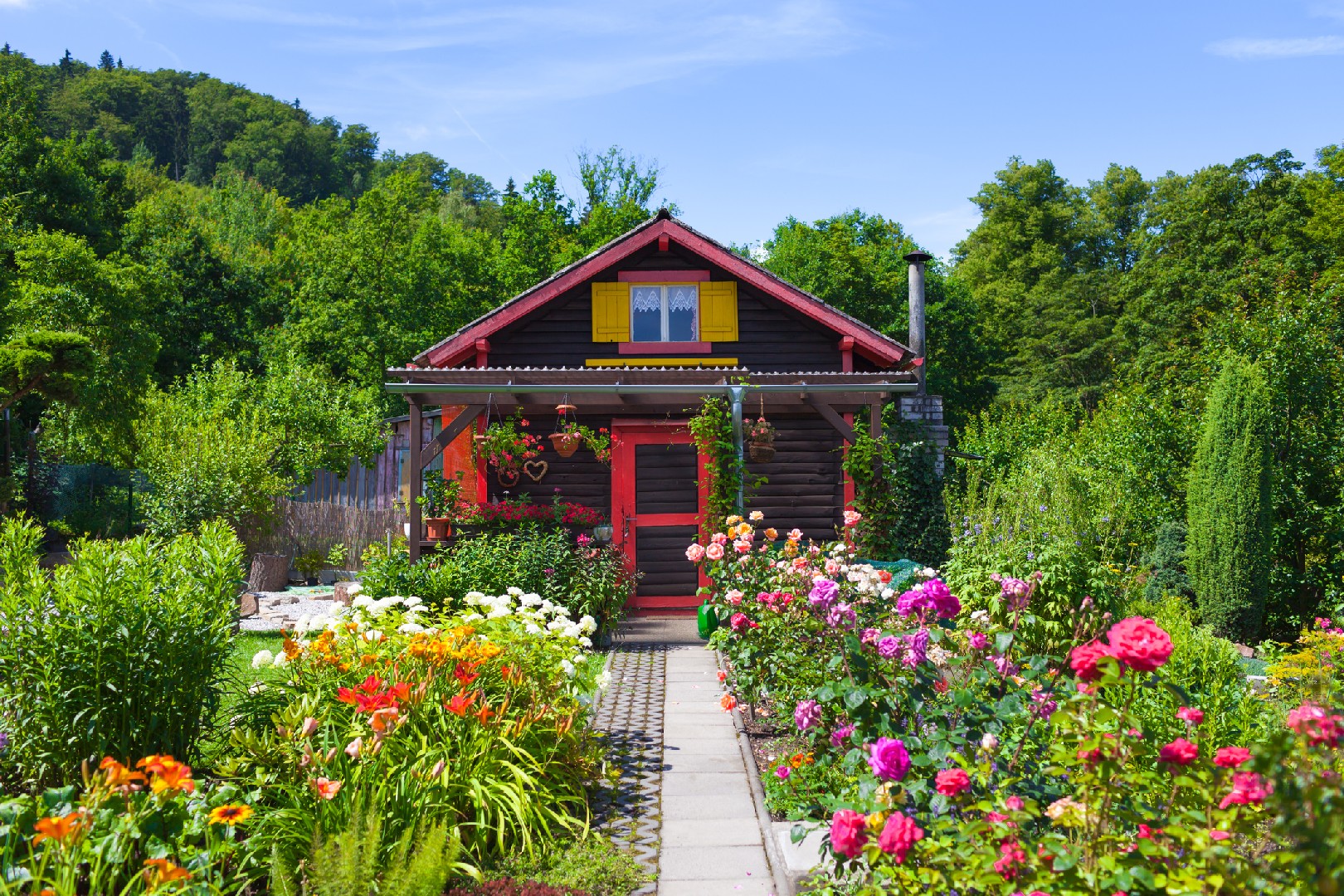
Choosing the Ideal Flowers and Plants
When it comes to creating a charming and cozy cottage garden, one of the key factors to consider is the selection of flowers and plants. The right choice of flowers can bring a burst of color, fragrance, and beauty to your garden, creating a truly enchanting retreat. Here are some practical tips and methods to help you choose the ideal flowers and plants for your cottage garden.
Firstly, it is important to consider the colors, shapes, and sizes of the flowers you want to include in your garden. Cottage gardens are known for their wild and romantic feel, so incorporating a mix of vibrant colors such as pinks, purples, blues, and yellows can create a visually stunning display. Opt for flowers with different shapes and sizes to add depth and variety to your garden. For example, you can plant tall and spiky flowers like delphiniums or foxgloves alongside low-growing flowers like pansies or violas.
Another crucial aspect to consider when choosing flowers and plants for your cottage garden is their suitability to the local climate and environment. Native and perennial plants are often the best choice as they are adapted to the specific conditions of your area. These plants are more likely to thrive and require less maintenance compared to exotic species. Additionally, they can attract local pollinators such as bees and butterflies, contributing to the overall health and biodiversity of your garden.
Incorporating functional elements like herbs, fruit trees, and vegetables in your cottage garden not only adds practical value but also enhances its aesthetic appeal. Herbs like lavender, rosemary, and thyme not only provide aromatic scents but also attract beneficial insects that can help control pests. Fruit trees and vegetables can not only provide you with a delicious harvest but also add structure and variety to your garden. Consider planting apple or cherry trees as focal points, or tomatoes and beans along trellises for vertical interest.
To ensure the overall success of your cottage garden, it is important to pay attention to the specific needs and maintenance requirements of the flowers and plants you choose. Some may prefer full sun, while others thrive in partial shade. Knowing the ideal soil conditions, watering needs, and pruning schedules will help you create a thriving and beautiful garden.
In conclusion, choosing the ideal flowers and plants is a crucial step in creating a charming and cozy cottage garden. By considering the colors, shapes, and sizes of the flowers, as well as the suitability of native and perennial plants, you can create a visually stunning and ecologically balanced garden. Additionally, incorporating herbs, fruit trees, and vegetables adds both functionality and aesthetic appeal. Remember to research the specific needs of the flowers and plants you choose to ensure their successful growth and maintenance. With these tips and methods in mind, you can transform your garden into a flower-filled retreat that will captivate and delight all who visit.









